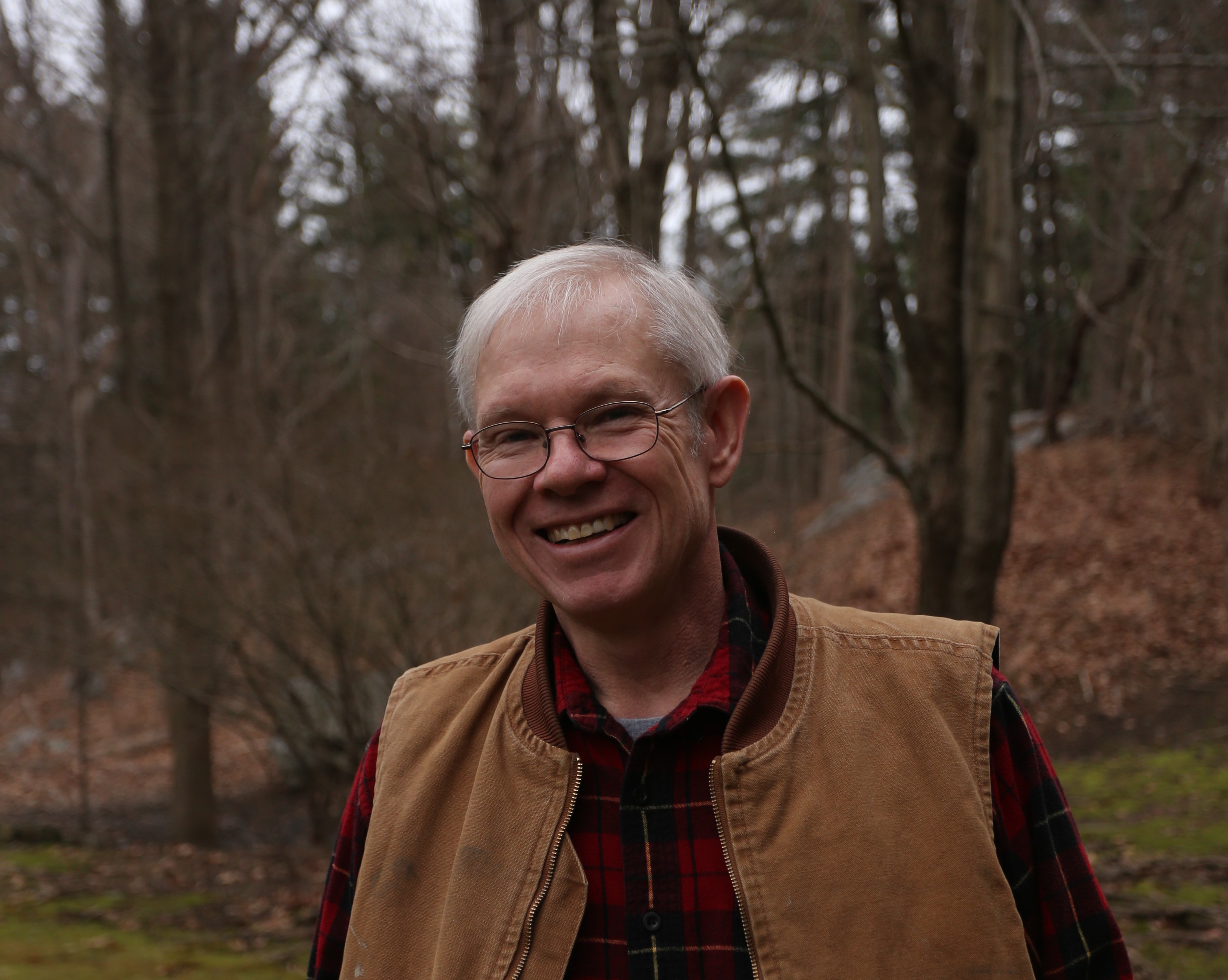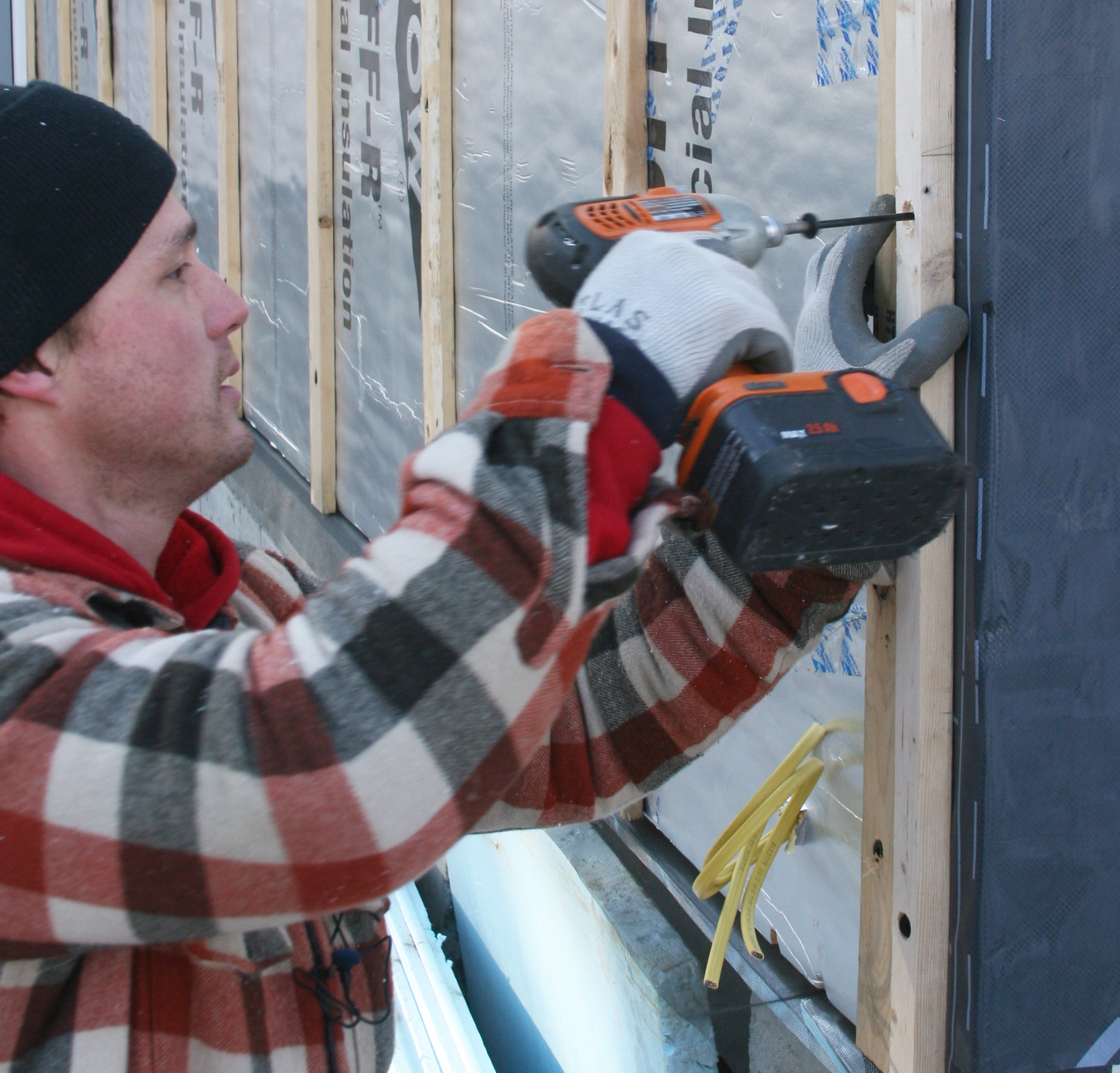
In case you didn’t suss it out, the name of this blog is meant facetiously. Green building really isn’t easy, and it’s been a long road with a bunch of detours to get to where we are. Think about it—in living memory we went from a past with houses that air leaks and over-sized heating systems kept from rotting apart to a present where a mistake in just one of several energy-saving mechanisms can lead to spectacular failure.
Today, we can build houses spaceship-tight, but that calls for an attention to detail that’s not always available. Any job is only as good as the worst worker on the crew will do unsupervised. For someone to do a job well, simply showing them the process isn’t enough. In time, they’ll find a shortcut that short-circuits the purpose. Or they’ll forget a step. Or circumstances will change slightly and they won’t know how to adapt.
For someone to know how to do a job well, they need to understand why the job is important and how each step of the procedure supports the whole. To put this in terms of the job, if an employee understands why something works, then remembering how it goes together is a lot easier.
A similar line of reasoning applies to clients as well. If a customer understands why something works, then being willing to pay for the steps necessary to achieve the desired end becomes a lot more likely. Sure, there is the unicorn-customer who has the desire to build green, the money to do the job, and trusts you, the builder, to get it done. Those people aren’t who I’m talking about.
Most potential clients and newbie employees have a half-baked understanding of how…
Weekly Newsletter
Get building science and energy efficiency advice, plus special offers, in your inbox.

This article is only available to GBA Prime Members
Sign up for a free trial and get instant access to this article as well as GBA’s complete library of premium articles and construction details.
Start Free TrialAlready a member? Log in















7 Comments
Ultra cheap natural gas has kept heating of energy inefficient homes affordable so the push for better built housing has been soft over the years. Most new homes are built by production builders who build many hundreds of homes each year in large population centers. As someone who has followed the energy code here in MN over the past 30 years I will say we have made little progress. The requirement of R-19 walls and a continuous air barrier about 20 years ago is as far as we got. Advancing the cause for energy efficient and durable housing is a lonely quest but one that is worth pursuing. Your circle of customers may be somewhat low in numbers but they will be dedicated to comfort, value and building longevity. What I like to call "inheritance quality real estate".
Give your customers a bit more than they expect and you will never be out of work.
One of my small pleasures is watching people's eyes glaze over then I drone on about night sky radiation.
Haha! I enjoy the same!
I also think radiation at corners and ridges of buildings is a one of the more remarkable phenomenon of building science.
Some people read William Shakespeare. I prefer William Rose. :-)
"A rose by any other name would smell as sweet"
Haha. I just finished reading "Water in Buildings" and now can't talk to anyone about water without them going cross-eyed.
The Norwegians say "there is no bad weather, only a poor choice of clothing" so that is my introduction to teaching building science here in WI.
I usually center the conversation around mold and IAQ, because most people care about that more than saving money, and absolutely everybody has wrong ideas about it. They always say "we build houses too tight and they have to breathe." That's a good way to get into the conversation about air flowing randomly through your skin vs through your lungs (controlled and filtered ventilation), and how random air flow moves moisture where it doesn't want to be and creates hot/cold spots which condense into water. The other way to approach it that is always of interest to people is how houses have changed over the years and why this is a problem now that it wasn't before.
Log in or become a member to post a comment.
Sign up Log in